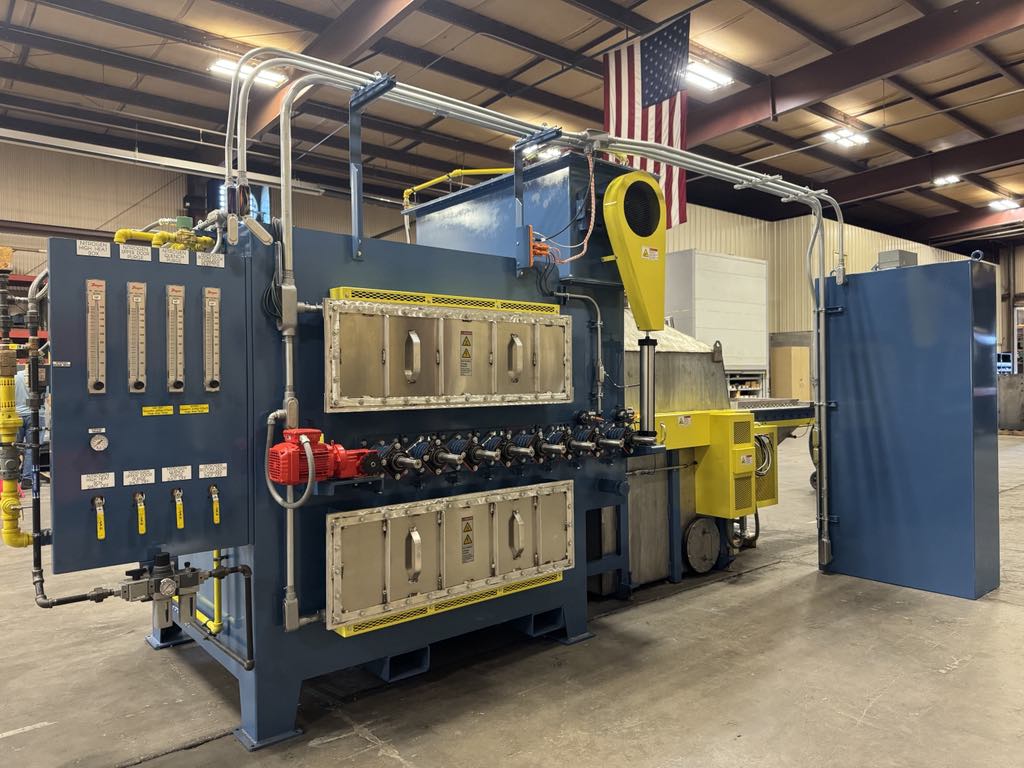
Because no two products are exactly the same shape, size, or material, it’s a challenge to create snug-fitting packaging from materials like corrugated cardboard. When protection is critical for fragile items, a “close enough” fit in a box and fillers like crumpled paper or polystyrene peanuts are insufficient. It also takes extra time and labor to prepare and customize this kind of multi-step packaging from assembling cartons to packing with filler. And then there is the matter of storing and managing the supply of multiple materials.
In contrast, molded pulp packaging is a cost-effective way to make a custom product that exactly fits an item. Also, it’s all-in-one so fewer packing materials to manage, less to assemble, and often nests for compact storage in a warehouse or factory.
One of the best features of molded pulp packaging, like egg cartons, drink carrier trays, and furniture corner protectors, is how precisely the fibrous pulp can be molded to fit the objects inside. This near-perfect fit is what makes molded pulp packaging superior to other options for minimizing breakage, shifting, vibration, and general damage during shipping and storage.
A Custom Design
 Making molded pulp packaging starts with designing and manufacturing a custom mold for the pulp.
Making molded pulp packaging starts with designing and manufacturing a custom mold for the pulp.
The first step is analyzing the product to be housed to obtain its exact dimensions and contours. If only part of the item will be covered with pulp packaging, such as a corner protector or end cap, it’s necessary to determine the size and shape of that portion.
Mold manufacturers can work from technical drawings, CAD files, or take measurements from a sample of the actual product using computerized metrology tools. A digital 3D model is made using SOLIDWORKS® or similar software and this model is used to develop the mold pieces.
The next step is selecting the materials. Molds for pulp can be made from a variety of materials, including plastic, aluminum, steel, brass, and copper. Material selection depends on the length/volume of the production run. When a manufacturer plans to use a mold for as long as possible, it’s best to avoid materials that will corrode or allow mineral deposits to build up. Both shorten the useful life of the molds and compromise the final shape and quality of the products.
Making the Mold
Most pulp molds consist of two parts: a forming mold and a transfer mold. These pieces are mirror images of each other and fit together, or mate, exactly with only a small amount of space between for the pulp to flow to the correct thickness.
The forming mold is usually the part that is dipped in pulp slurry then rotates upward to meet the transfer mold. The transfer mold presses down into the forming mold and pulls the piece off to transfer it to the conveyor for drying.
A prototype of the mold components is made to test the design and ensure the fit and shape are correct. These are commonly made from plastic with a 3D printing process to minimize costs.
Once a final mold design is approved, it’s time to manufacture the production mold pieces. For molds that will be used heavily for many years, highly durable and corrosion resistant materials may be chosen. For shorter production runs or light use, a material like aluminum may suffice. Mold components are generally manufactured with CNC machines, which can create parts with high precision and repeatability.
Many molds also include holes and a mesh overlay to allow for vacuum suction to pull the slurry into the mold evenly. Several sets of forming and transfer molds are usually attached to the molding machine’s rotating arms, so that multiple pieces can be formed at once.
From Mold to Production
In addition to a production-ready mold, pulp packaging manufacturers need properly pulped fiber raw materials and an oven for drying the formed pieces. At Abbott Furnace Company, we can design and build an industrial furnace that’s optimized for your pulp drying needs – please contact us to learn more!








